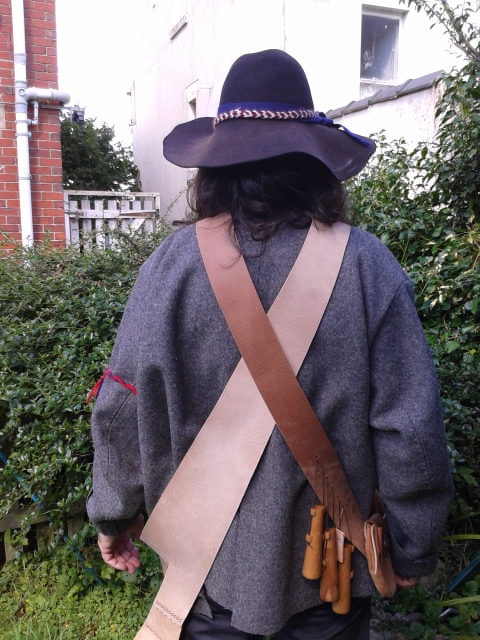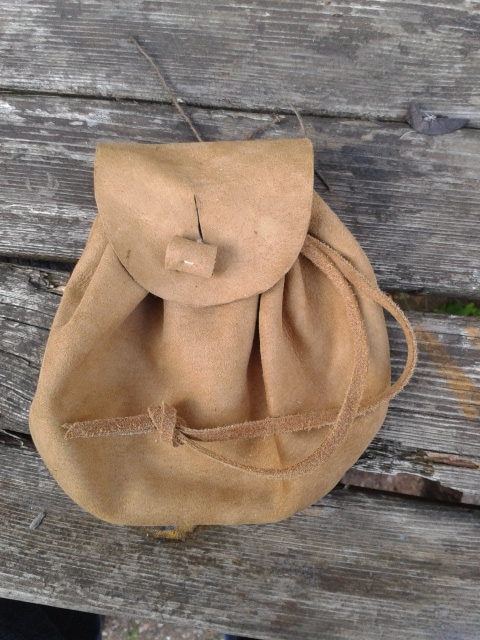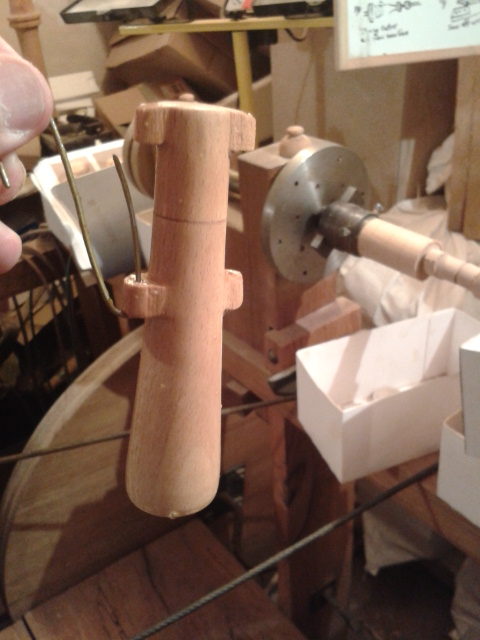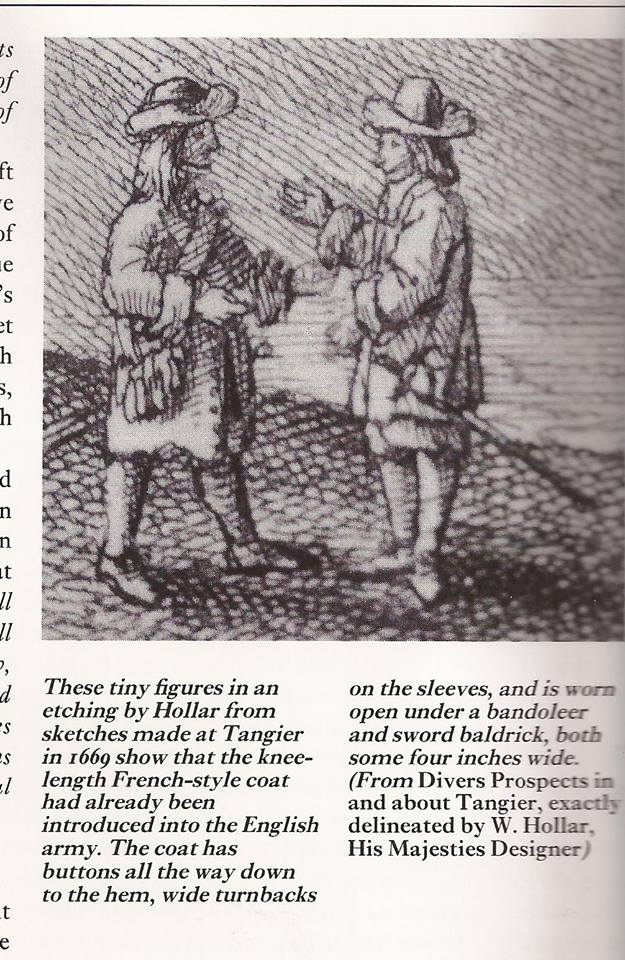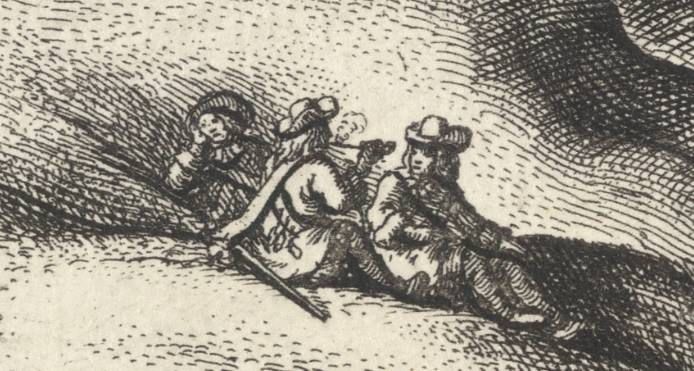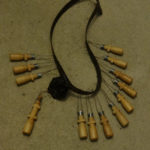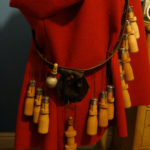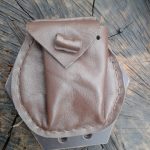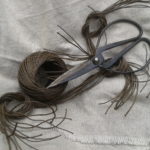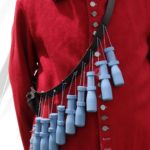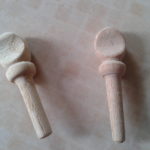Description
Recently I needed to recreate bandoliers from a later period than the Thirty Years War and the English Civil War. I have enclosed some of the period prints I copied. I was unable to find an original from that period. The belt is wide and not so thick as the earlier belts. The belts is a light colour, more than likely natural veg tan and, possibly because it crosses with an infantry baldric, is worn much loser on the hip than the earlier style.
We can only speculate why none of these pictures show a separate touch box but it is possible to prime the weapon from the charge boxes. They certainly contain enough powder, being hollowed in side. Also it is possible the powder used from priming was the same quality as for firing during the later period.
The boxes are made from beech and dipped three times in linseed oil in accordance with an earlier period instruction. The boxes are sleeker than the earlier period too. Each box has been hand filed so the ‘collar’ where the string runs through is hardly noticeable. The extra work in hand filing these with Noel Liogier rasps (the only rasp maker to my knowledge who still makes hand stitched rasps) means the price is similar to the bandoliers that have the additional box for priming. A little more is charged for the larger bag and wider belt too.
I have included the period pictures so you can see the information I have drawn upon.
I have a Facebook page I hope musketeers will use to say where they will be Going BANG around the world.
I finish these beech wood boxes in accordance with the specification of the day and I can provide painted ones also, for those who wish. filling them.
I’m currently making these. I do not ‘dip’ them until an order is received and the dipping process takes three days.
You can see me making bandolier boxes at some shows around the UK. I make them on my C17 reproduction lathe which has been built to Joseph Moxon’s specifications. You can see my YT videos of the lathe at the Master Webbe channel.
Many of my customers are from the USA. For those customers, i recently came across a reference to bandoliers in a book that might be of interest. ‘Small Arms of the British Forces in America 1664 – 1815’ by De Witt Bailey Ph.D. ‘Given the state of technology by the 1660s, it must also be said that being intended for colonial garrison service it is interesting to note that the initial shipment of arms with the companies was a mixture of 500 matchlocks and 500 “firelocks” i.e. flintlocks, with 1,000 bandoliers, as well as 50 carabines and 50 pairs of pistols with the holsters. Ref: NA, 8 Warrant for arms of New England 25th Feb 1664. ‘These first arms turned into what became the “New York Stores” apart from the captured Dutch weapons, and were probably those of Captain Sir Robert Carr’s company, which was disbanded by 1666. All of these arms, which were in serviceable condition as well as a delivery of 100 more matchlocks and 100 additional flintlocks and 30 barrels of powder, which were sent to New York in May 1667 were almost certainly removed by the Dutch when they recaptured New York in July 1673 and taken back to military stores in the Netherlands.’
WARNING It is the responsibility of the user to check the charge your musket is proofed for when using these bandoliers.
Instruction. Measure the correct amount of powder in to the boxes.
Guarantee.
Wood can sometimes be unpredictable. If you have a natural breakage or crack within the first year of use, re-enacting can sometimes take its toll, simply send me a picture of the damaged item and I will replace it free of charge

